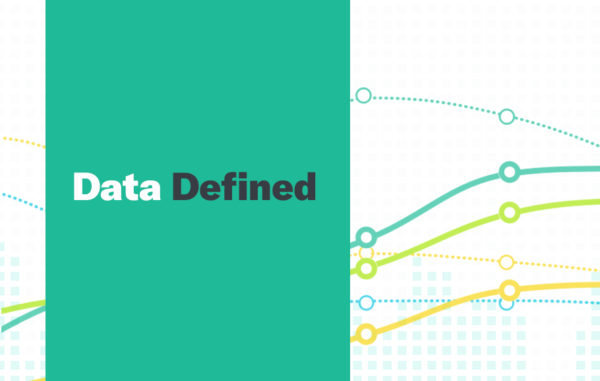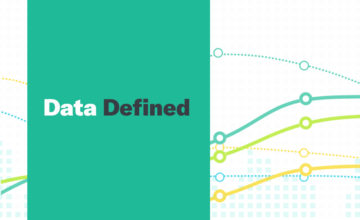Smart Grid Defined
A smart grid is an electrical grid that is integrated with a computerized, two-way communication network. The purpose of a smart grid is to use computer technology to improve the communication, automation, and connectivity of various components of a power network.
Smart Grids were introduced in order to satisfy the increasing needs of users in terms of flexibility, accessibility, reliability, and quality of the power supply, ultimately replacing the traditional concept of electrical networks.
Smart Grids work by producing power through renewable energy sources to supplement energy within a grid. Energy is then stored and distributed as required in times of peak demand. By distributing the energy in peak demand, it helps balance or match electrical consumption with supply. This is achieved through the integration of automated digital metering, which records data on output and consumption. Simply, it uses real-time monitoring to modify and tune itself to an optimal state of performance, delivering electricity evenly and anticipating problem areas and service disturbances.
A smart grid can also isolate parts of the electrical network that may be at risk of failure, to prevent small-scale, brief interruptions from turning into region-wide, long-term blackouts.
Benefits of smart grids include:
- Smoothing power demand to take advantage of intermittent renewable energy supply
- Fewer and shorter outages due to enhanced network monitoring
- Offering access to real-time information so that consumers can analyse and better manage their energy use.
In Data Defined, we help make the complex world of data more accessible by explaining some of the most complex aspects of the field.
Click Here for more Data Defined.


